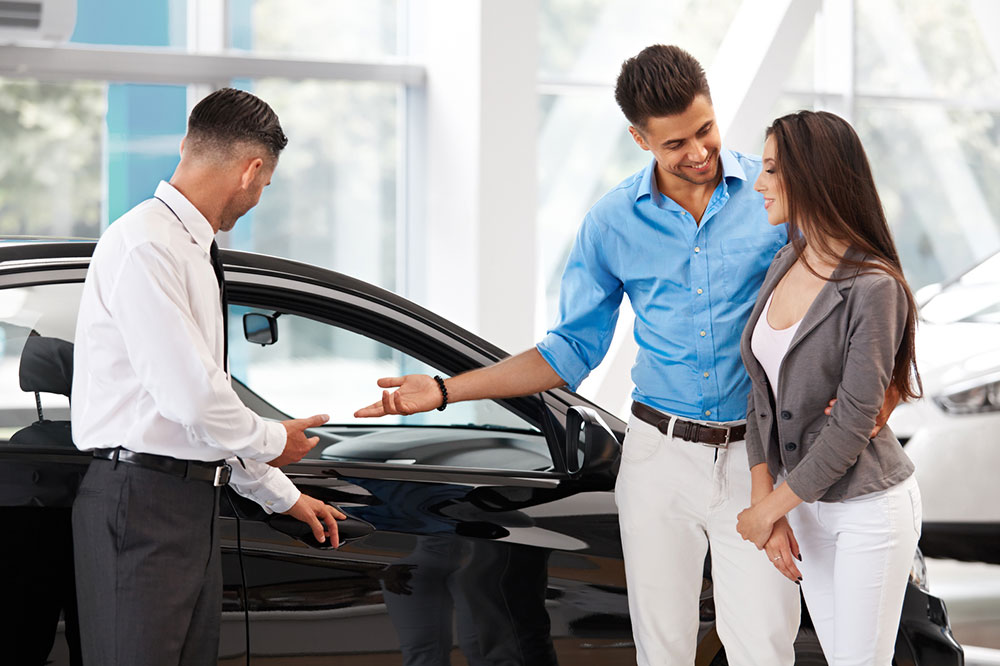
5 tips for buying the right pre-owned car
Buying a pre-owned vehicle can be a smart investment, considering the rise in car prices and the depreciation within a short duration. Buying a used car can prove to be very economic if you know exactly how to pick the right model. If not picked judiciously, keeping pre-owned cars can be very problematic. You might get a car with more problems than normal wear and tear. So, let’s avoid the common mistakes with the help of these tips for purchasing pre-owned cars.
Determine your budget
Whether you’re buying a car through a dealership or straight from the owner, knowing how much you can spend is of the most importance. You also need to understand the percentage of the price that you are willing to pay upfront and what part you’re willing to pay later as installments. Of course, this would not apply if you’re buying the car outright. There are various ways through which budgeting helps in the long run, like keeping other expenses in check while deciding the amount to set aside for the car. Knowing how much you can afford makes negotiation easy as well.
Shortlist the cars
While you may have a particular car in mind, it may not have the best value as far as pre-owned cars are concerned. Key examples of such cars include the Honda CR-V and Toyota RAV4. So, you should recheck your choices and list cars that perform great even after having a previous owner. The cost of these vehicles could be a little higher than other options. However, these cars are more reliable and there will be a lesser cost involved in repairs in case of any issues, thereby proving to be more economical in the long run. To get the right pre-owned car, it is suggested to buy one that is not more than five years as such machines tend to have more wear and tear issues.
Research the prices
If you are buying directly from owners through websites where they have listed their cars, you will find the best prices that don’t come with middle expenses. But you must first consult several sources before finalizing the car that you wish to buy. Different sources could have different prices, and these numbers depend on the number of miles the car has covered, the age of the car, and whether the car has suffered any major accidents. If you’re fine with paying middle expenses, you can go to a used-car dealership as these tend to be more reliable. You might also get better financing options from such websites as they have finance partners.
Take a test drive
Whether you buy a brand-new or pre-owned car, make sure you take the car out for a drive and ensure that the drive is what you want it to be. For pre-owned cars, make sure the parts are functioning properly. Some of the parts that you need to keep a check on include brakes, steering wheel, gears, and headlights. You should also carefully pay attention to any sound that is coming from the engine as this could be a sign of a bigger problem. Try to drive the car in different conditions and at different speeds.
Thoroughly inspect the car
This tip doesn’t just apply to buying pre-owned cars: thoroughly inspect every single aspect that you can. There should be no dents that the seller has not already notified you about. The conditions of the tires should be decent and not too worn out. Check under the hood to ensure that the engine is in the right condition. If possible, ask a trusted car mechanic to accompany you for the inspection.




